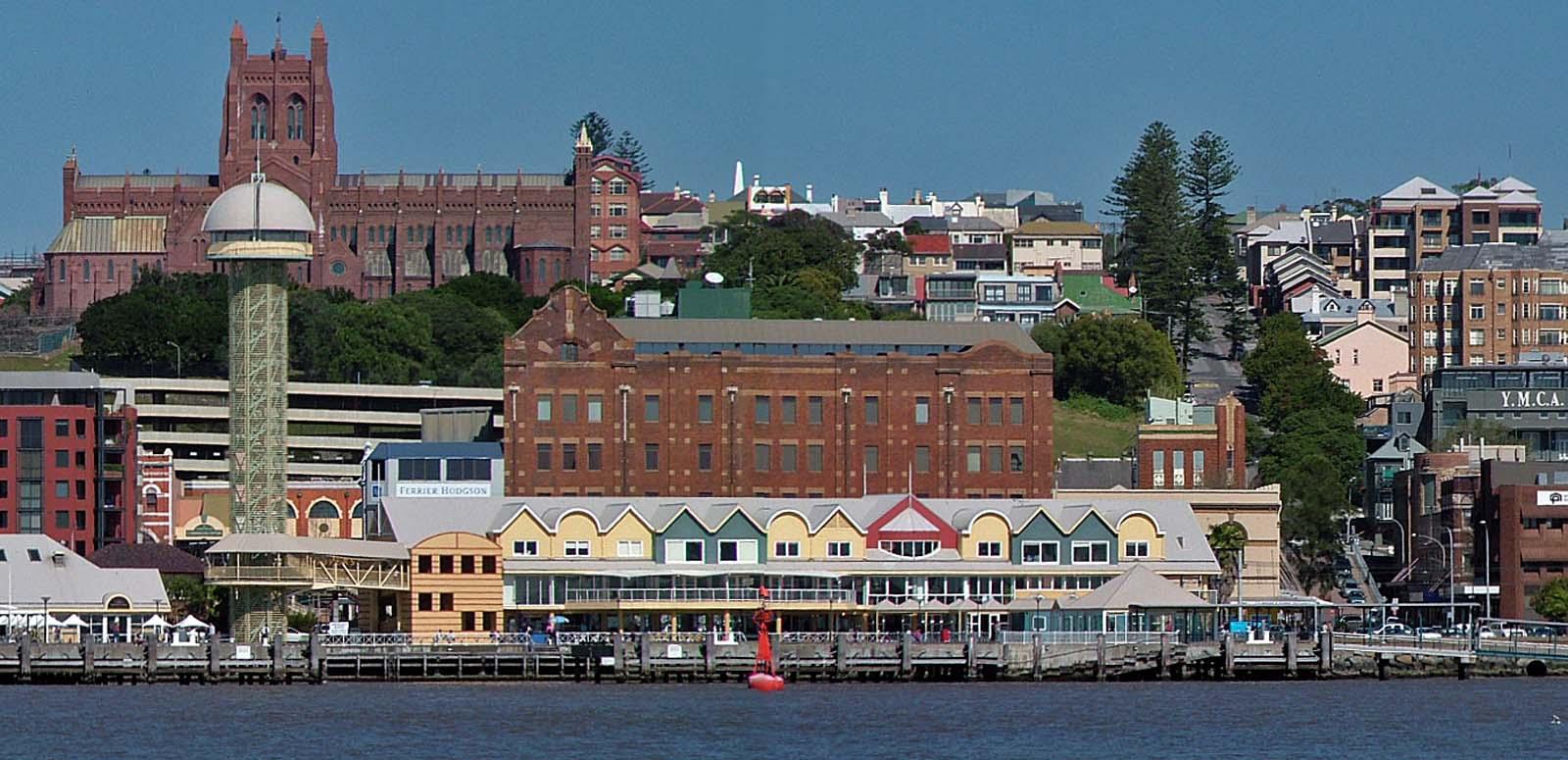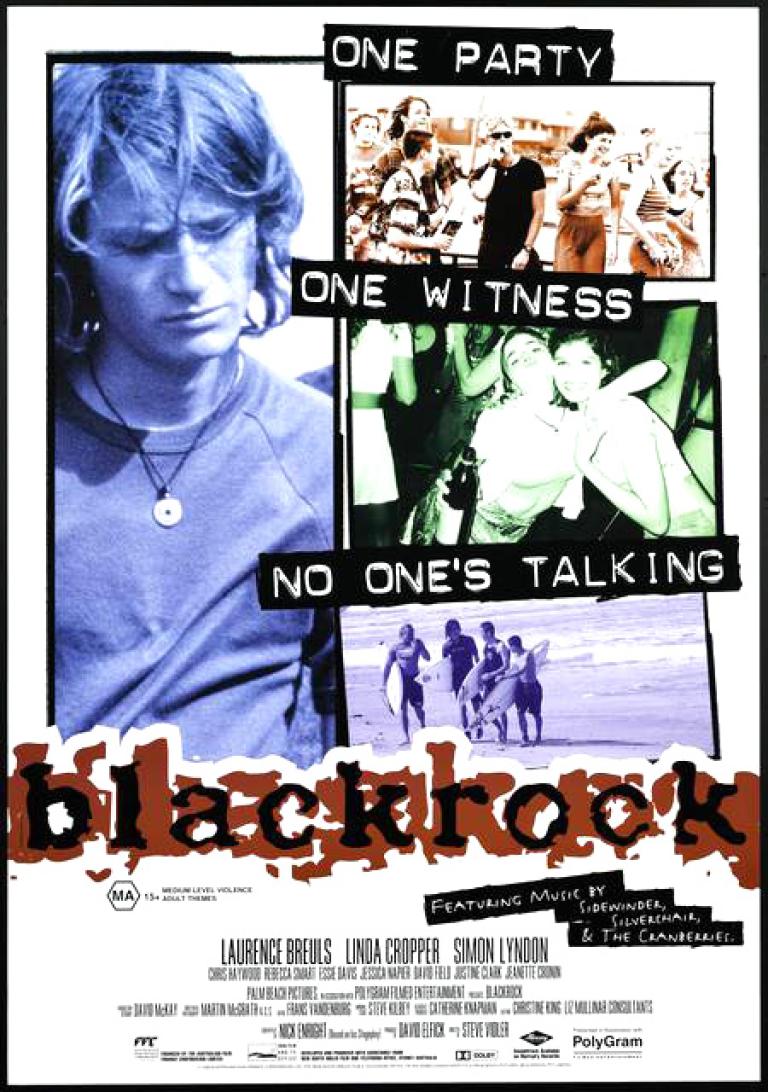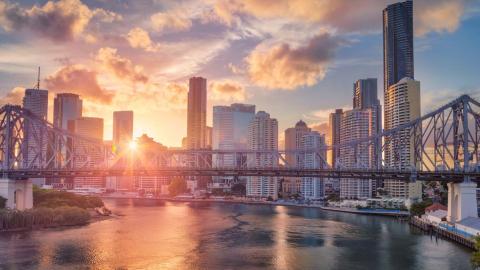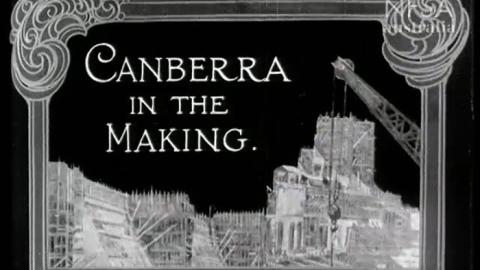

Newcastle Time Capsule
Newcastle Time Capsule
There’s more to Newcastle than coal mining and steel.
The Newcastle metropolitan area is situated within the Hunter Region and has the second largest population in New South Wales. Newcastle is a port city with the biggest coal exporting harbour in the world.
Prior to the discovery of coal the area was traditionally occupied by the Awabakal and Worimi people who called it Malubimba. It has been variously named King’s Town, Coal River, Kingstown and finally Newcastle, after Newcastle upon Tyne in the UK.
There are many items about Newcastle in the NFSA collection. This sample dates from the 1910s to the 1990s and highlights some of the history of the city and surrounding area.
Photo credit (main image): 'Photo merged view of the centre of Newcastle. Taken from Stockton'. Published under Creative Commons 3.0. Photographer: Macr.

The National Film and Sound Archive of Australia acknowledges Australia’s Aboriginal and Torres Strait Islander peoples as the Traditional Custodians of the land on which we work and live and gives respect to their Elders both past and present.


